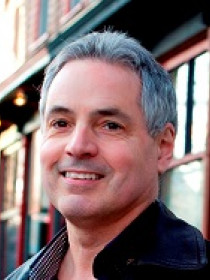
Robert J. Sampson
Connect with Robert
About Robert
Sampson's research and teaching focuses on crime, the life course, urban disorder (e.g., “broken windows”), the effect of neighborhoods on everyday life, civic engagement, inequality, and the social structure of the American city. He is a member of the National Academy of Sciences and winner of the Stockholm Prize in Criminology. He has also served on numerous advisory boards and has held leadership positions in both the academy and government, most recently serving as President of the American Society of Criminology and on the “Committee on the Causes and Consequences of High Rates of Incarceration” (National Research Council) and Scientific Advisory Board of the U.S. Department of Justice, Office of Justice Programs.
Contributions
Crime and Turning Points across the Life Course
In the News
Publications
Shows that a measure of collective efficacy – defined as social cohesion among neighbors combined with their willingness to intervene on behalf of the common good – yields a high between-neighborhood reliability and is negatively associated with variations in violence, when individual-level characteristics, measurement error, and prior violence are controlled.